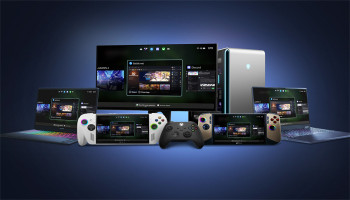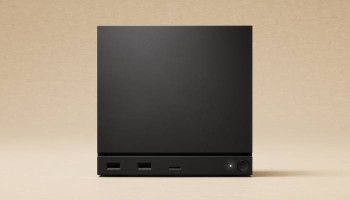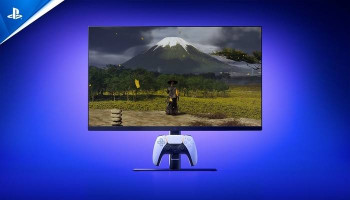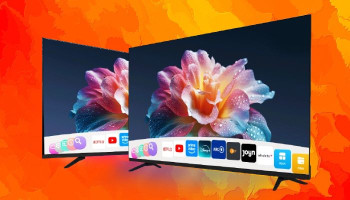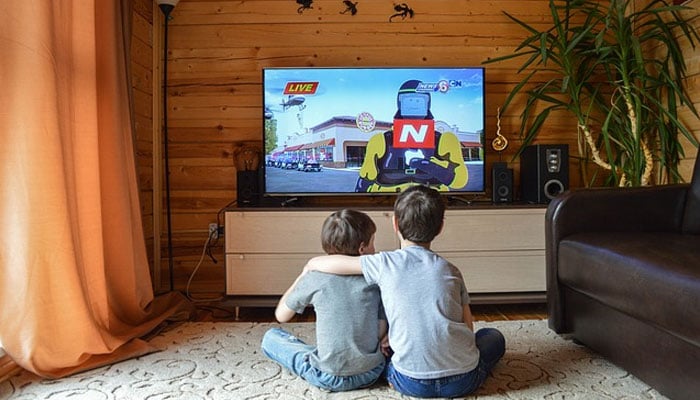
Smart TV is an electronic device designed to work with the internet as it allows online services including web surfing, social media sites, gaming, and streaming platforms among others.
With a wide range of options for additional content, easier accessibility through online services, and added interactive capabilities, smart television is able to add to the quality of your television watching. Nonetheless, not every smart TV is created equally.
We have to think of various brands, models, features, and operating systems (OSs) to select a suitable smart TV based on your demands and preferences.
How to choose a smart TV
1. Consider the size and resolution of the screen
The size of the screen depends on your room space and viewing distance. Generally, bigger screens provide more immersive viewing, but they also cost more and consume more power.
The resolution of the screen refers to the number of pixels that make up the image. Higher resolutions offer sharper and clearer pictures, but they also require faster internet speeds and more bandwidth.
The most common resolutions for smart TVs are 4K (3840 x 2160 pixels) and 8K (7680 x 4320 pixels), which are four and sixteen times higher than Full HD (1920 x 1080 pixels), respectively.
2. Compare the operating systems and apps
The operating system is the software that runs the smart TV and allows you to access and manage the apps. Different operating systems have different interfaces, features, performance, and app availability.
Some of the most popular operating systems for smart TVs are Roku TV, Amazon Fire TV, Google TV, Samsung Tizen, LG webOS, and Sony Android TV. You should check which operating system supports the apps that you use or want to use, such as Netflix, Hulu, YouTube, Disney+, Spotify, etc.
3. Look for additional features and connectivity options
Smart TVs can also offer other features that can enhance your viewing experience, such as voice control, artificial intelligence, ambient mode, picture-in-picture, etc.
You should also check what connectivity options are available on the smart TV, such as HDMI ports, USB ports, Ethernet ports, Wi-Fi, Bluetooth, etc. These options allow you to connect other devices to your smart TV, such as game consoles, soundbars, headphones, speakers, etc.
Adding a Smart TV to your home entertainment system could be great. Nevertheless, it is advisable to conduct some due diligence prior to purchasing them since they are quite expensive. Read reviews from experts and users as they also shed light on certain Smart TVs.






